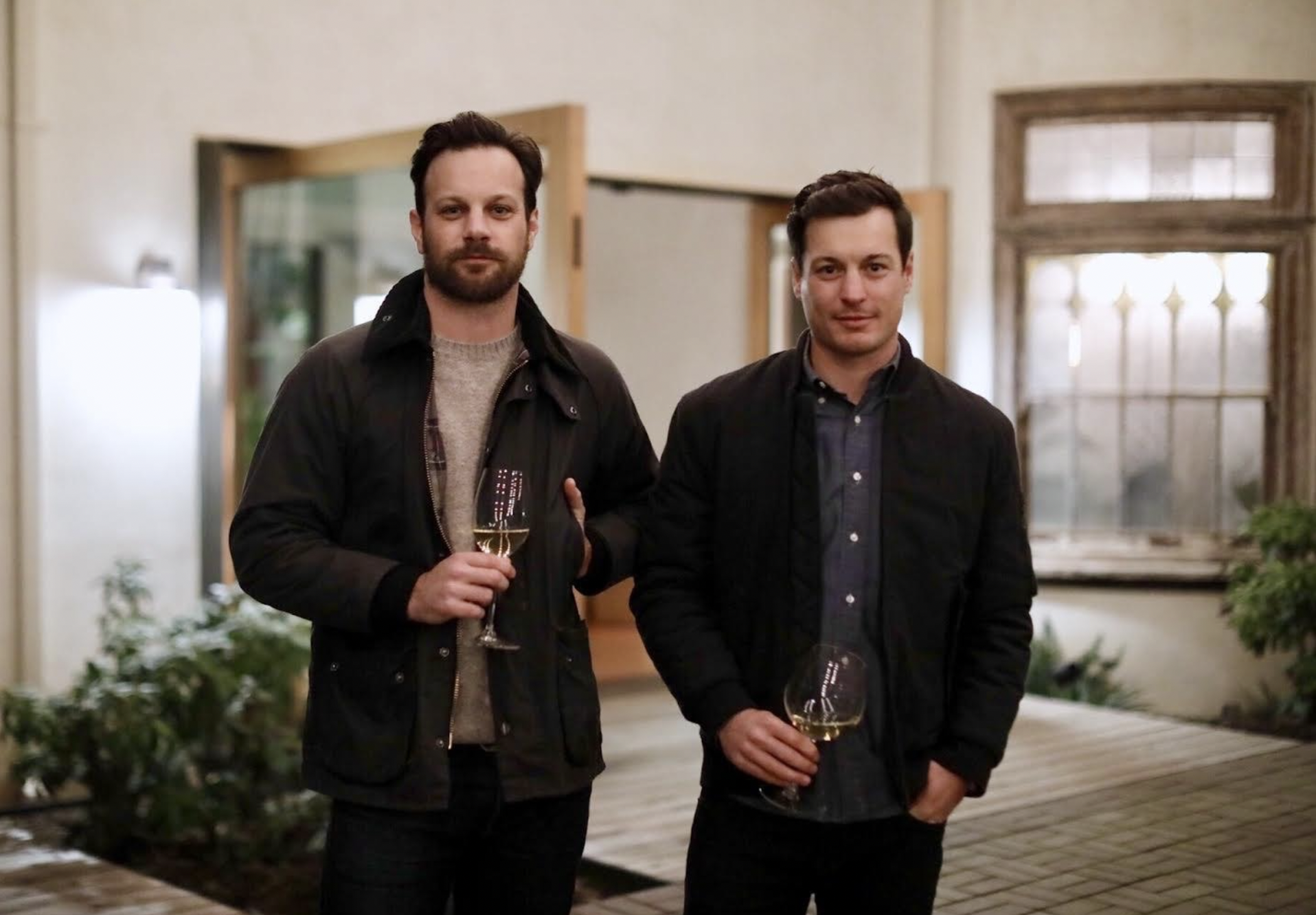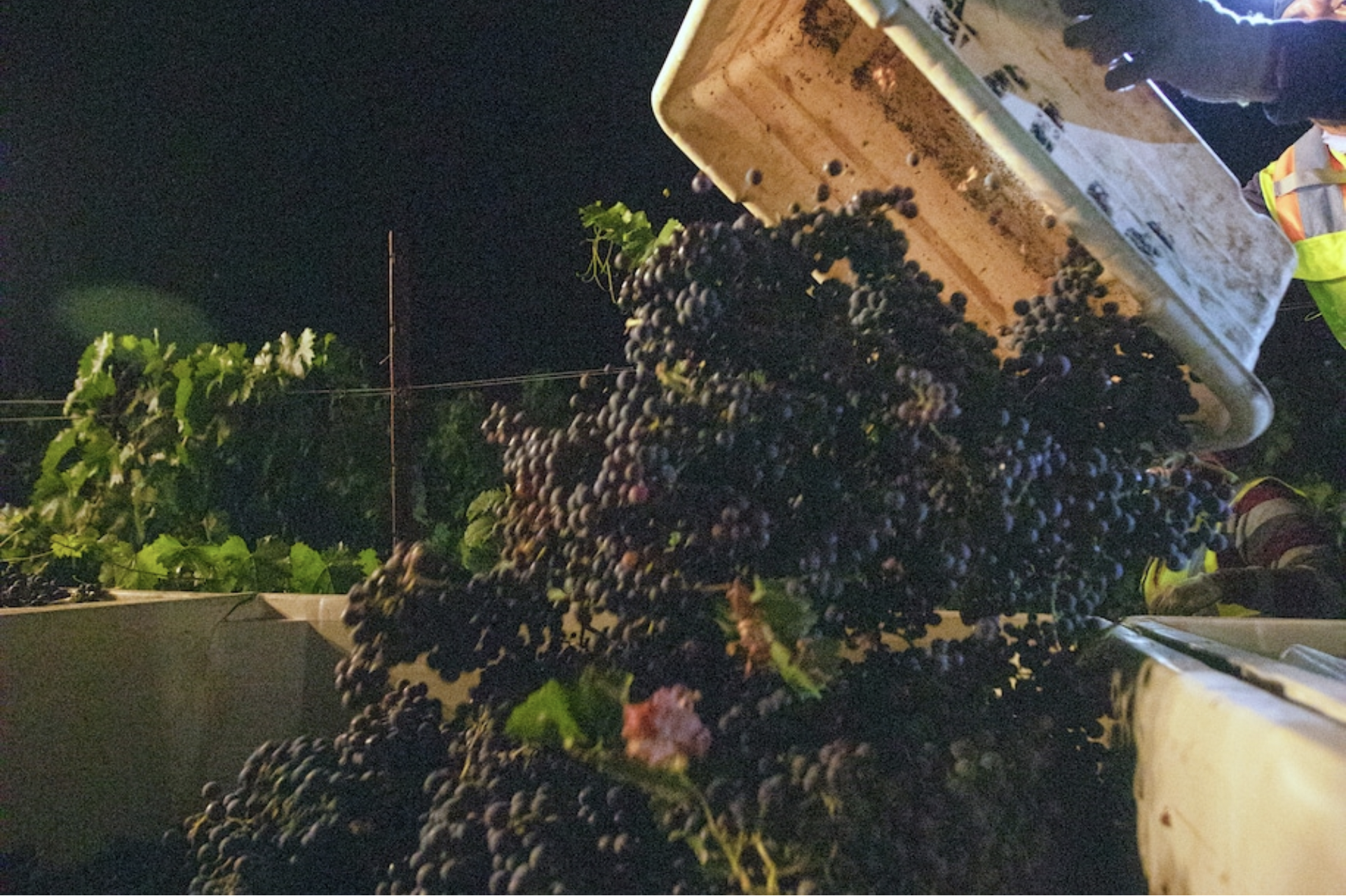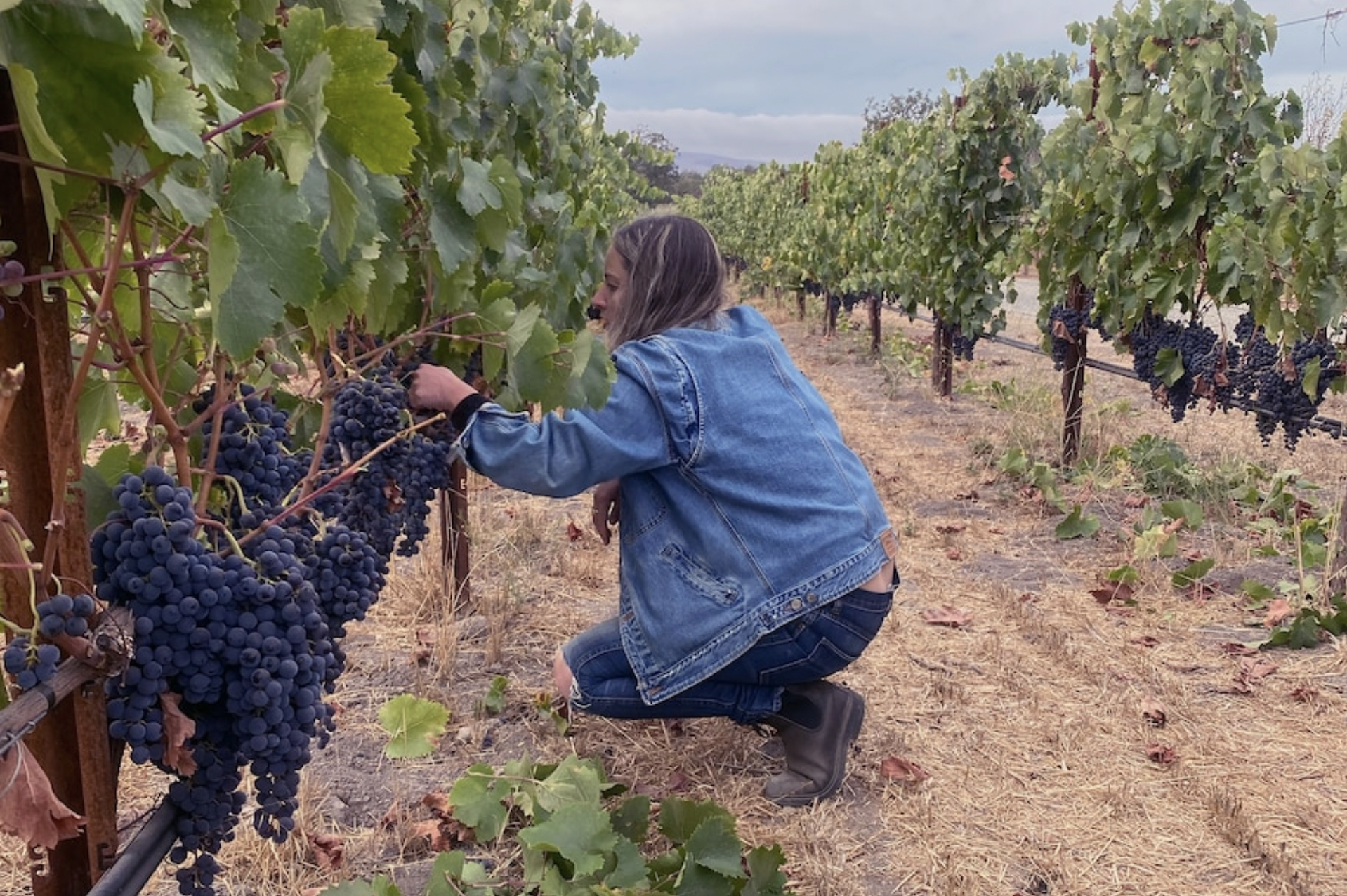Scribe Mission featured in THE WASHINGTON POST
“Mission, the first European grape planted in U.S., is coming back“
Mission was the main red grape in Spanish California, but it fell out of favor when the territory became a U.S. state and immigrants from other European countries, pursuing riches in the gold rush, brought other varieties more familiar to them.
It can still be found in some of those gnarly, bush trained vineyards planted a century or more ago that are still scattered across California.
“No one has planted mission in California since Prohibition, that we know of,” Adam said.
With no commercial source for the vines available, the brothers turned to UC Davis, which maintains a legacy vineyard of historic wine grape varieties grown in California. In 2020, they harvested enough grapes to make some experimental wines. Last year, they settled on two reds, a still and a sparkling, both of which they made available to Scribe Winery’s club members in July.
The still wine reminded me a bit of beaujolais, with its savory character and light body. The sparkling mission is reminiscent of an American lambrusco, ideal for barbecue or charcuterie.
“They have an earthy quality to them,” Andrew said. “Nothing else on our estate has this kind of old school rusticity.”
As the vines mature, the brothers should be able to increase production, but there’s only so much they can make with two acres of vines. They don’t have immediate plans to propagate more mission, but they are impressed with the variety’s vigor and hardiness, which could help the vines in drought years.
Those gnarly old vineyards won’t last forever. But for now, at least, these two acres on a revived old farm near Sonoma provide a bridge from California’s vinous past to its future.
Photography by Conor Hagen.



